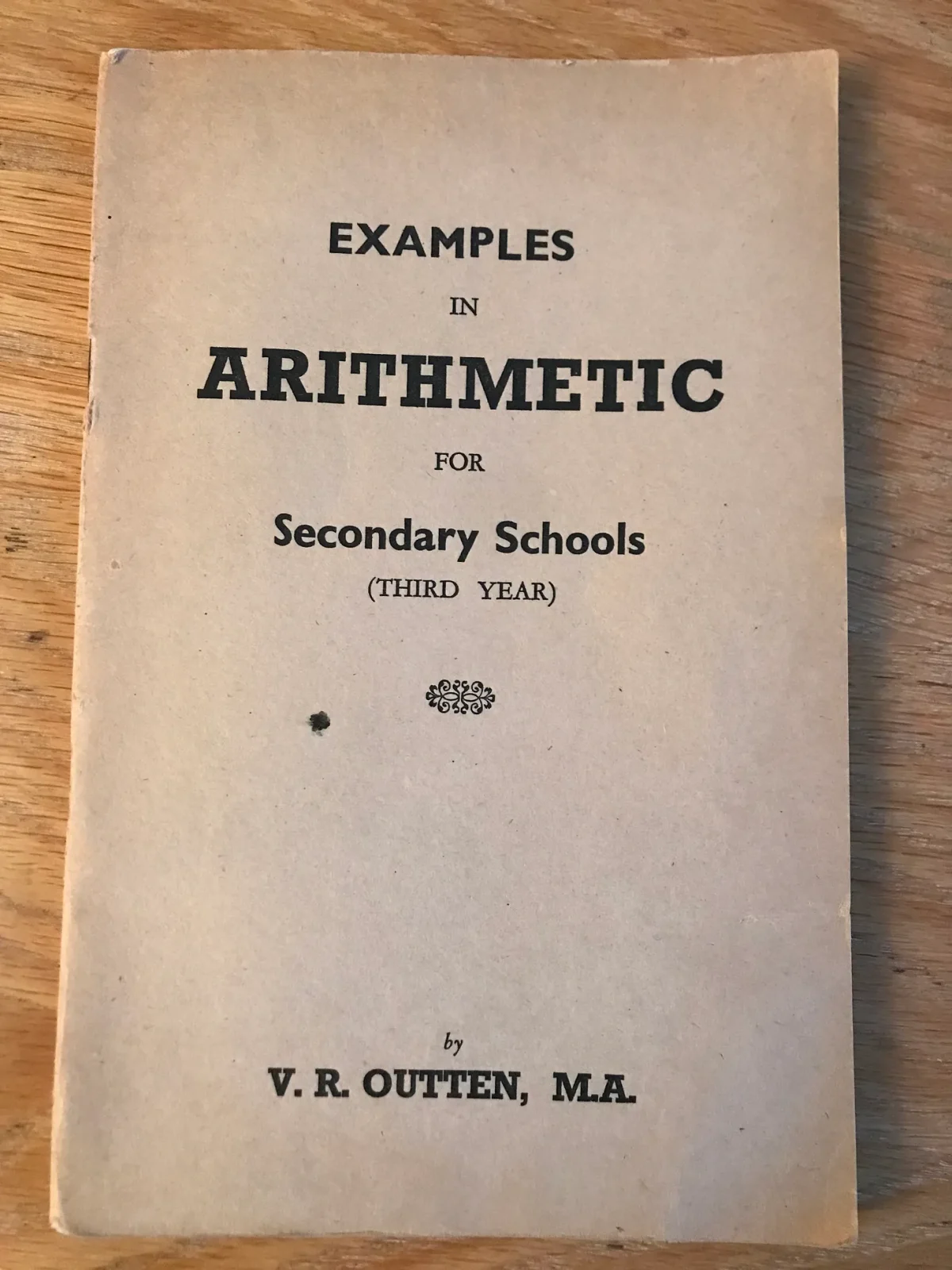by Cheryl Lacey, DSJ, First Principles on Education, ©2024

(Apr. 9, 2024) — Calls for Financial Literacy in schools make sense! There’s no question of its importance.
Acting on the call literally, makes no sense.
What constitutes Financial Literacy, who will develop the curriculum and who will be charged with teaching and assessing such a curriculum are three questions that lie at the heart of some serious critical thinking. Without doing so, we’ll see what usually happens. Decision makers will jump on board a dumb idea and not think of the consequences until they are part of a whole raft of more unforseen problems.
During the 1950s, Australian students in Year 9 answered questions like this in their exams.
“A Company’s subscribed capital consist of 750,000 ordinary shares and 500,000 preference shares, both fully paid to £1. What remains out of the year’s profit of £89,895 when a 6% preference and 7% ordinary dividend is declared?” [1]
What has led to 15-year-olds in the 1950s being able to answer big mathematical and finance-related questions to many of today’s youth struggling with basic arithmetic?
Any suggestion that schools are dumbing down our students is an obvious but lazy answer.
The fundamental truth is that the dumbing-down of curriculum is a consequence, not the cause.
Playing around the school edges will only add to unidentified causes and more consequences.
We’re already neck-deep in a philosophy founded on the belief that schools do not need to teach. Those who subscribe to or accept such a philosophy – and many educators and school boards do – mustn’t think much of learning either! You can’t have one without the other.
A much broader focus on education is necessary.
We need a deep dive into the much more significant social issues and cross pollination of systems by asking lots of questions if we’re to have any understanding of other influencers of education.
Financial Literacy won’t be the only requisite identified.
One way to get started could be with a ‘Did you know?’ statement, followed by a question. Here’s a few for starters.
Did you know..?
- People who work for one hour per week are considered employed.[2] If we advocated for ‘underemployment figures’, would we get a better understanding of the financial problems facing Australian families?
- Employment in healthcare, social assistance, education and training is dominated by women.[3] What adjustments can be made to remove the dependency of women working to raise other women’s children, also working out of financial necessity?
- The International Education Industry sits at $26B annually. More than 700,000 international students were in Australia in Jan 2024 – with most renting residential properties – not residing in student housing on campus.[4] What is the relationship between the building industry, unions, housing affordability, financial stress and the International Education movement?
- A literacy and numeracy test required for pre-service teachers to graduate was introduced in 2016.[5] Its introduction didn’t factor in currently employed teachers and their knowledge, expertise or lack thereof, in mathematics, economics, etc. How much should teachers know and understand before being employed to teach each level/stage of literacy, numeracy, financial literacy and every other subject for that matter?
- Teachers are overworked and underpaid.[6] What does their enterprise agreement say and how can we measure the value teachers bring to financial independence for families if teachers themselves are struggling – that is despite more than 150 days of flexible work practices and potential leave arrangements?
- In the 1950s, the male teacher rate was about 41% of the teaching workforce. Today, this figure is less than 18%.[7] What impact has ‘women’s rights’ increased financial stress and co-dependency on government handouts that adds to the reduction in financial literacy?
You may or may not agree with some of these questions and will undoubtedly have many of your own.
Another reminder:
About 70 years ago, Year 9 students were expected to solve problems like this: ‘Loan bonds of a face value of £1,550 were sold when £101 10s. Find the total selling price.[1]
Not only were mathematical results measurably different than today, but English and comprehension were also profoundly different.
The point is that 70 years ago we can all say we had family members teaching and learning, understanding and applying financial literacy. Just think of the great Australian dream!
Today, we’re all a part of the problem and must be part of the solution.
Another thought…
More than 4000 years ago, the exchange of currency replaced the exchange of goods and services – the bartering system.
Without currency, what would you offer another in exchange for goods or services – including food and shelter – and what charity would you give to others who do not have the ability to barter?
Throwing band-aids and billions at ill-conceived ideas about financial Literacy isn’t a way forward – it’s a stark reminder of the way we’ve done things – and mustn’t ever again.
Treating schools as places of value, where people with different capabilities can teach – during those politically motivated limited school hours and weeks – and every other hour of every day of the year – does make sense.
Ask the questions!
Question the answers!
Personal value isn’t equal. It never has been. Never can be.
This by no means suggests that measuring one’s value has no value.
We could all do well with a healthy dose of financial wellbeing.

